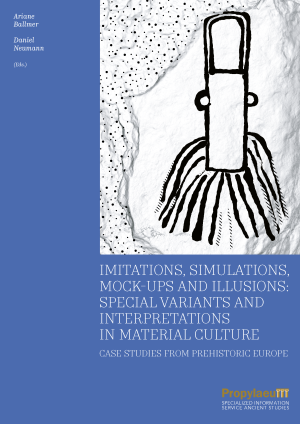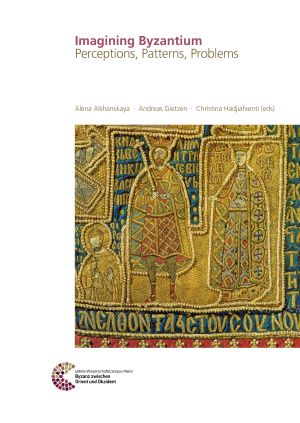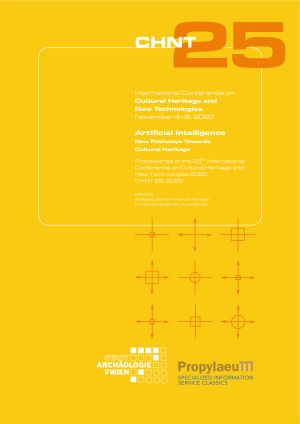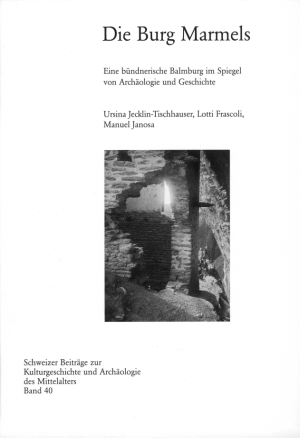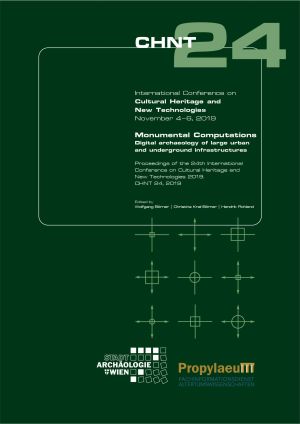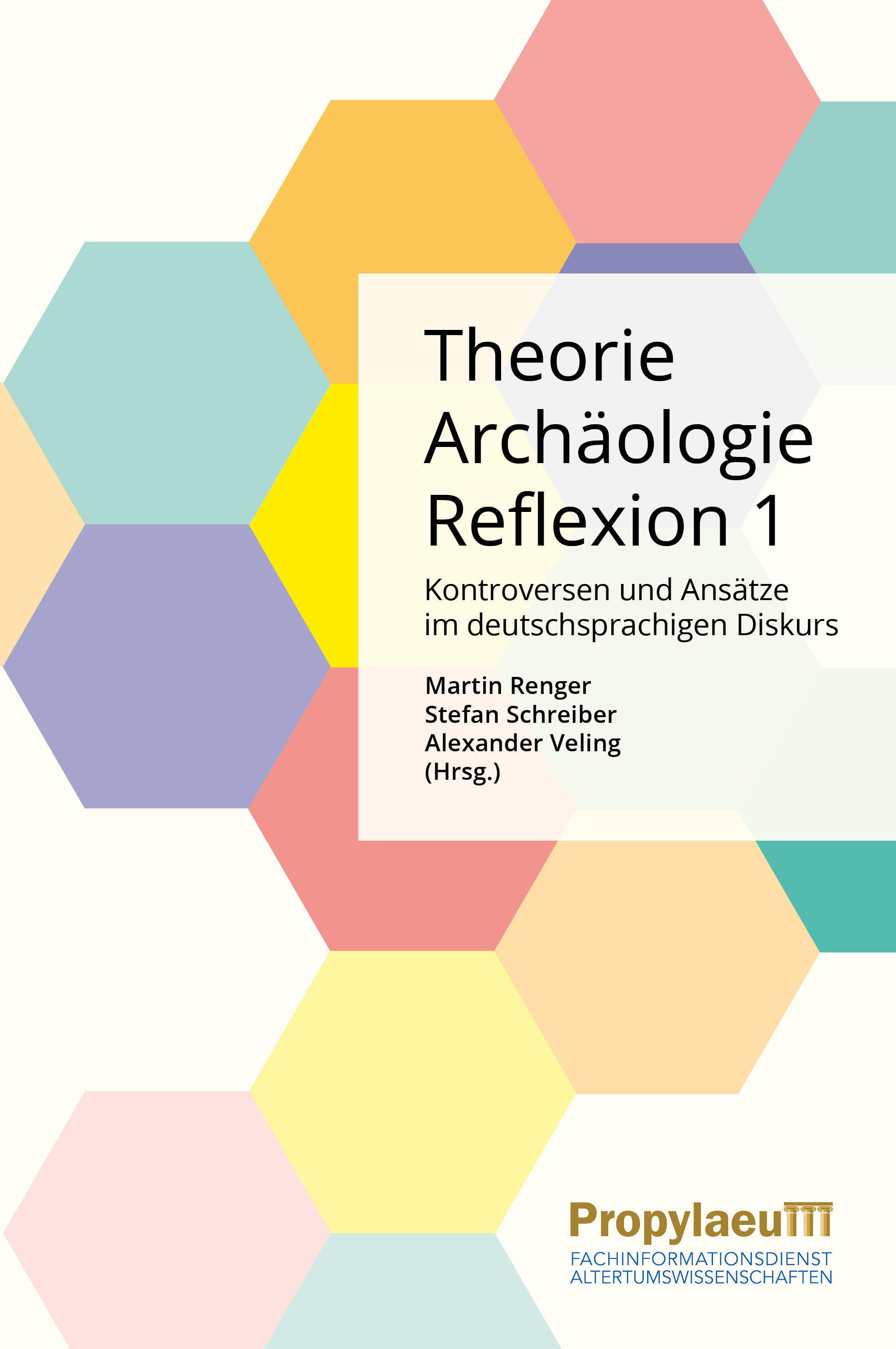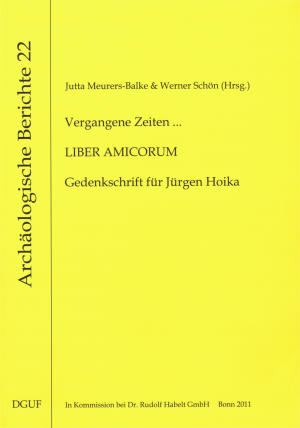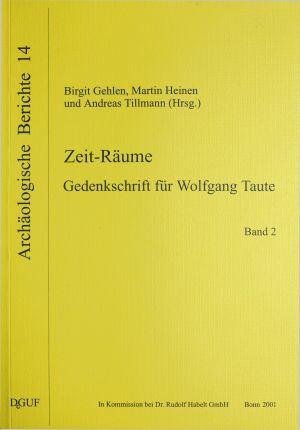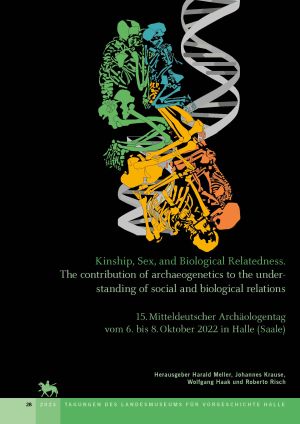Christina
Imitations, Simulations, Mock-ups and Illusions: Special Variants and Interpretations in Material Culture: Case Studies from Prehistoric Europe
This book deals with artefacts that imitate other objects, without serving the same purpose as the originals. As imitations, simulations, mock-ups and illusions, they draw attention to themselves through their appearance and qualities, but also through their mise-en-place – they deceive, pretend and distract, but also provoke second looks. As it will turn out these special objects hold the potential to unfold tense metaphorical dynamics.
The essays in this book aim to elucidate this phenomenon, explore its diverse material manifestations and question the social function(s) of these artefacts. The case studies range from the Neolithic to the Early Iron Age, featuring material scattered throughout Europe, from the French Atlantic coast to Northern Europe, all the way to Southeastern Europe and the Aegean.
In this publication, the contributions appear successively. They are edited, have the final layout and are included unchanged in the full volume. Each early-view article receives a persistent DOI and is thus fully citable; only no pages can be given yet. Only when all articles are available will they be given page numbers. Please use the citation recommendation given in the PDF for the Early View.
Imagining Byzantium: Perceptions, Patterns, Problems
Byzantium the other. Byzantium the pompous. Byzantium the eternal. The mere existence of this empire with his rich history and otherness from western European traditions spurred the minds of scholars, noblemen, politicians and ordinary people throughout its survival and long beyond its final downfall in 1453. Neglecting its great political and cultural influence on neighbouring countries and beyond, Enlightenment writers stripped Byzantium of its original historical reality and thus created a model, which could be utilised in very different constructs, stretching from positive to absolutely negative connotations. With the rise of new nationalisms, primarily in Eastern and Southeastern Europe, and the associated politically inspired historical (re)constructions in the 19th and 20th century, the reception of Byzantium gained new facets, its perception reached into new dimensions. In this volume, we would like to shed some light on these patterns and the problems they entail, and show the different ways in which »Byzantium« was used as an argument in nation-building and in constructing new historiographical narratives, and how its legacy endured in ecclesiastical historiography.
Artificial Intelligence: New Pathways Towards Cultural Heritage
The 25th international Conference on Cultural Heritage and New Technologies took place in 2020 in the city hall of Vienna under the headline “Artificial Intelligence – New Pathways Towards Cultural Heritage”.
The contributions deal with the application of computational approaches in all fields of cultural heritage, with a special emphasis on the utilisation of “Artificial Intelligence”. The topics include Remote Sensing, Data Acquisition and Modelling, and Methods for the analysis and presentation of digital data in archaeology and cultural heritage. The volume also contains Abstracts on the round table discussions held and the posters presented at the conference and a special session which was dedicated towards the 25th anniversary of the conference.
Die Burg Marmels: Eine bündnerische Balmburg im Spiegel von Archäologie und Geschichte
The ruins of Marmels Castle are located some one hundred metres above the Marmorera reservoir, below a massive ledge (municipality of Marmorera situated in the Oberhalbstein/Sursés Valley in Canton Grisons). In the High and Late Middle Ages, the castle was in the hands of the Lords of Marmels, who were ministerials of the Bishop of Chur. The complex at this dizzy height once included a chapel with two adjacent buildings, a gateway building and a representative residential tower with at least four storeys.
As part of a comprehensive restoration of the castle ruins the Archaeological Services of Canton Grisons were able to carry out architectural surveying of the preserved building remains and excavations in the grounds in 1987 and 1988. An excavation being carried out in castle grounds is a rare occurrence in Canton Grisons. However, it was actually the findings from the excavations that were of particular significance for Swiss castle research.
Thanks to the location of the castle beneath a massive ledge, large parts of the complex had at all times been protected from the elements – a stroke of luck for researchers, since the finds were deposited in mostly dry conditions over the centuries. Apart from their large number, the variety and state of preservation of the finds was also extraordinary. Particularly the organic finds, which in medieval excavations usually only occur in small numbers, were numerous in Marmels: some 1,000 fragments of wood including utensils, furniture parts, architectural timbers and building waste were found in the excavated layers. Other finds included leather fragments and shoes, remnants of parchment, some of which bore writing, more than 21,000 animal bones and 18,000 individual plant remains. Besides the organic finds, the excavations also unearthed metal implements and innumerable fragments of slag, which attested to the production and working of metal, some pottery shards and a large assemblage of steatite vessels. Various wooden objects (architectural timbers and implements) yielded absolute dates by dendrochronological means.
This allowed us to date the construction of the castle to 1140 and its abandonment to the late 14th or early 15th century. Certain events from the castle’s history could also be dated using this method.
Monumental Computations: Digital archaeology of large urban and underground infrastructures
The international conference "Cultural Heritage and New Technologies" took place in 2019 on the theme "Monumental Computations - Digital archaeology of large urban and underground infrastructures" at the Vienna City Hall.
The conference papers address the challenges of large urban development projects for the responsible organizers, whose goal is to preserve the cultural heritage of the cities concerned as much as possible. In this context, computer-based approaches are indispensable in all steps of a large urban development project.
Theorie | Archäologie | Reflexion 1: Kontroversen und Ansätze im deutschsprachigen Diskurs
The double volume “Theory | Archaeology | Reflection. Controversies and approaches in German-language discourse” is dedicated to the diversity of approaches that shape archaeological theoretical discourse today and in the near future. To this end, it brings together groundbreaking contributions, exciting thought experiments and initial theoretical approaches across the archaeological spectrum. Both established and young academics contribute new impulses and approaches to the discourse or discuss existing approaches. The articles of the first volume focus on disciplinary definitions, standpoints and positioning, as well as on questions of ethics and responsibility in archaeologies.
Vergangene Zeiten - LIBER AMICORUM: Gedenkschrift für Jürgen Hoika
Zeit-Räume: Gedenkschrift für Wolfgang Taute
Kinship, Sex, and Biological Relatedness : The contribution of archaeogenetics to the understanding of social and biological relations
Relationships between people have always been the basis of social coexistence. Kinship – whether it is biological or social – has a very special significance. In archaeology, these immaterial connections have rarely been proven beyond doubt. In recent years, however, the field of archaeogenetics has developed methods and techniques that, given good DNA preservation, make it possible to determine the degree of genetic relatedness between two people who lived in the past.
The studies collected in this book, draw their knowledge on kinship from the fields of anthropology, archaeology, genetics, and the historical and social sciences. They demonstrate, on the basis of recent or previously known sites, which conclusions the new scientific insights allow on the one hand, but on the other hand also point out their limitations in the interpretation of (pre-)historic societies.



